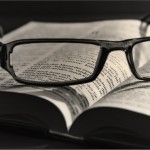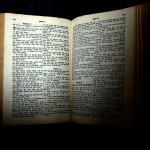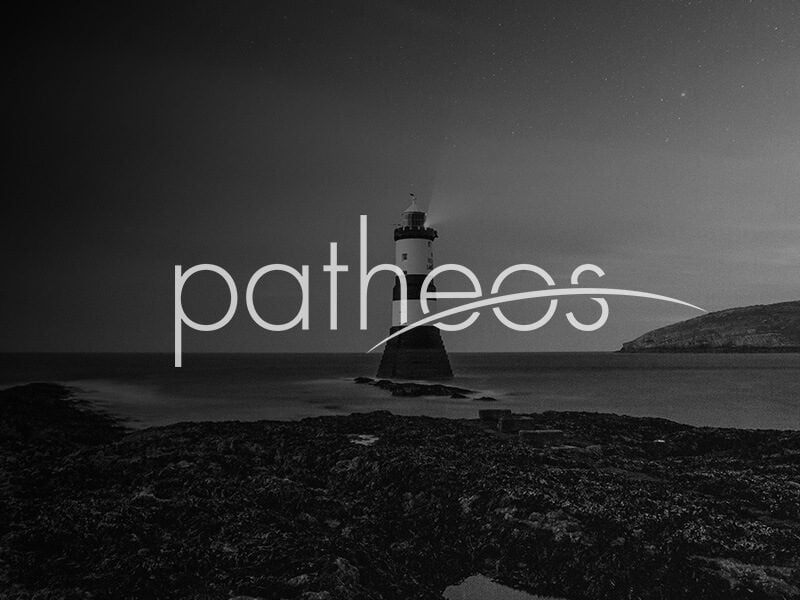I actually do not have much time to put together a thorough review (which the film certainly deserves), but this is probably the only chance that I’ll have in the next week or so and it airs on the 30th.
The piece I’m discussing here is the first of the two-part series and deals with the history of Mormonism (the second part deals with the contemporary church).
The first film is two hours long is divided into 6 “acts”: Revelation, The Saints, Persecution, Exodus, Mountain Meadows, and Polygamy.
Interviews are done with: Richard Bushman, Kathleen Flake, Will Bagley, Judith Freeman, Dan Peterson, Jeffrey R. Holland, Terryl Givens, Greg Prince, Ken Clark, Harold Bloom, Dallin H. Oaks, Ken Verdoia, and few others.
Rather than critiquing each act, I’m going to simply point out some of the larger issues the film raised.
The piece is partially concerned with “contextualizing” Mormonism, especially its roots. It is somewhat akin to Bushman’s approach in talking about Mormon beginnings in the context of 19th century America (of course the film is produced by “American Experience” and hence interested in situating the Mormon experience as it relates to the larger “American” one), where visions of God and treasure hunting were not uncommon. The piece is critical of Mormonism’s roots (not necessarily unjustly critical), but sympathetic to the Mormons who had to endure the persecutions that followed.
The theme of contextualization comes in again when discussing Mountain Meadows. A significant amount of time is used in trying to situate the incident in its place and time–the history of persecution, threats from the US government, Brigham Young’s theocracy, etc. Those interviewed range in their willingness to see Mormonism as a product of its time; but practically everyone involved sees some degree of Mormonism reflected in its historical setting.
The issue of contextualization is interesting. On the one hand, seeing Mormonism “in context” can be faith challenging when applied to the roots, but on the other, it softens some of the irrationalism of Mountain Meadows.
I wonder if Mormons, as a people, are becoming more comfortable contextualizing our religion–seeing it as one of many (the First Vision as one of many others that were claimed in the 19th century, for instance). One of the questions this raises, are whether or not there are the risks involved in this project. How much of Mormon “roots” are simply a product of its time? Are we ready or willing to admit that much of our religion is social construct, and open to the critiques that other cultural practices of the time are?
The “Mormons” is a “balanced” piece, but not in terms of giving equal time to both “sides” of the issues. I was intrigued with the difficulty of determining the “status” of those interviewed. Besides those that were openly confessional or those that were speaking on behalf of the church (Elder Oaks, et al.), it was hard to know who were members and who were not. This raises a second series of questions–how elastic is our hermeneutic fabric? Can we utilize the theories, tools, and language of academic discipline to “practice” our religion? Or is this simply “studying” it? As a scholar can one integrate this “study” with “practice”, or must he/she check it at the door when coming to church?











